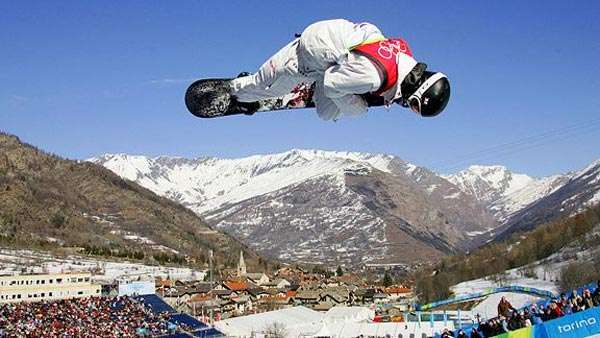1
Ski cross was designed by a sports-marketer, Jim “Too Tall” Essick, in the late 1980s. He was inspired by NASCAR and decided that the four skiers would race simultaneously, all while having to execute jumps and negotiate gates along the way.
2
It was initially to be called “Quattro Racing,” in conjunction with the new Audi Quattro. Thankfully, Essick chose not to confuse us with Italian numbers and stuck to the more self-explanatory name “ski cross.”
3
There has been controversy over whether ski cross should be classified as an alpine or freestyle event. This is because most of the ski cross athletes are in fact alpine skiers as opposed to freestylers.
4
Snowboard cross is the cousin of ski cross, with a snowboard swapped in for skis. Snowboard cross has been a staple of every X-Games since its inception in 1997, and debuted at the Turin Olympic Games in 2006.
5
There is a high propensity for danger in snowboard cross, as the athletes tend to collide with each other mid race. As a result, all the contestants wear full-face helmets, just like motorcyclists.
6
Unsurprisingly, the United States has dominated the freestyle skiing and snowboarding events with a total of 36 medals across the two disciplines. Notable athletes include Shaun White and Seth Wescott, who have won two gold medals each.
7
The snowboard half-pipe event requires 22-foot high walls off of which the contestants perform their various tricks. For the time being, 22 feet seems to be the highest the walls can be built—any larger would be too big for winter resorts to accommodate.
8
Slopestyle skiing and snowboarding are both new events to the Olympics that will be debuted in Sochi. They are notable for the use of twin-tip skis in case athletes land backwards. The course is generally filled with various types of jumps and obstacles such as rails.
9
Half-pipe skiing has also been added to the 2014 Olympic Games. It has already proved to be potentially fatal, as skier Sarah Burke died during a training accident in 2012. As a result, helmets are now mandatory, and there are airbags on the sides of the walls during practice runs in order to reduce the chance of injury.
10
Briton Eddie “The Eagle” Edwards competed in the 1988 Olympic games, where he placed dead last in all of the ski-jumping events. His performance forced the IOC to mandate that all Olympic hopefuls had to place in the top 30 per cent of participants in international competitions in order to qualify for the Olympics.









